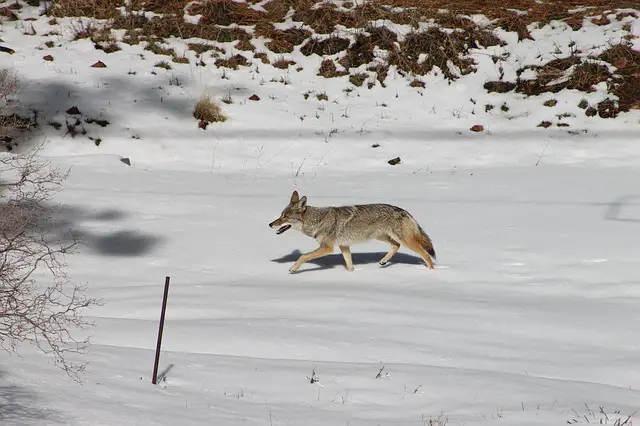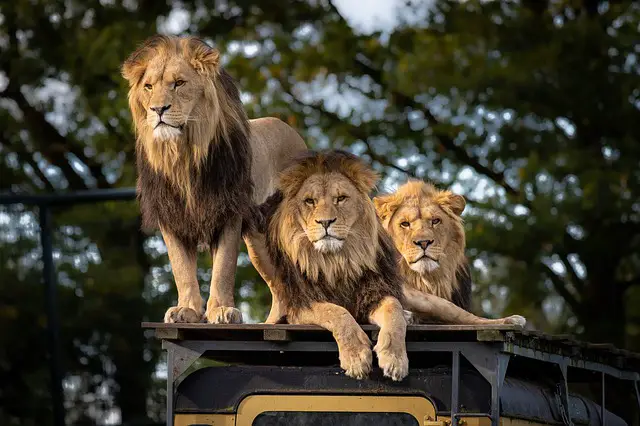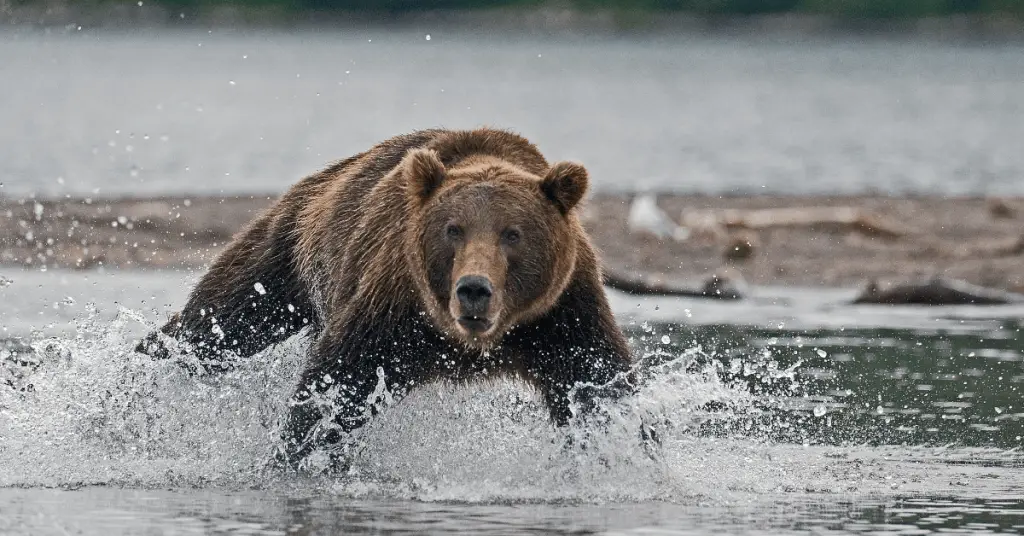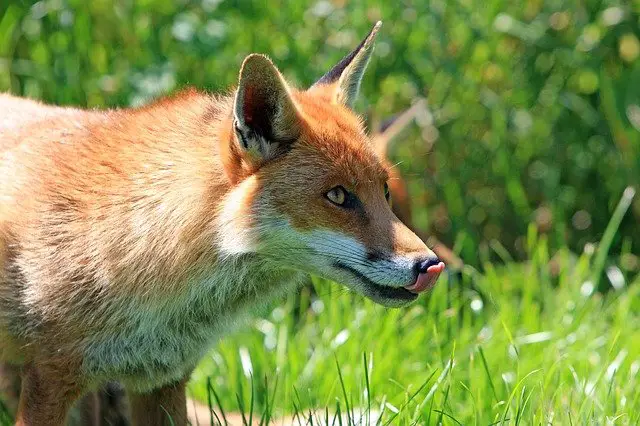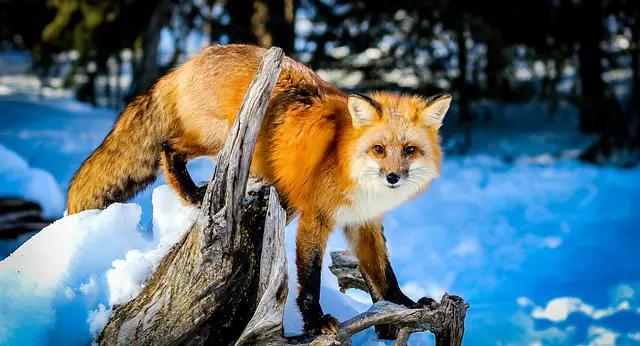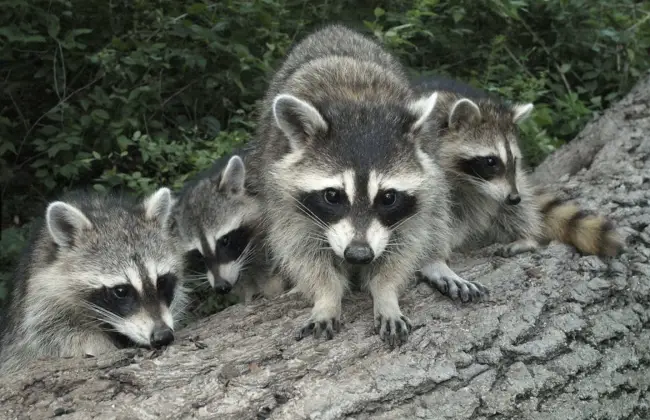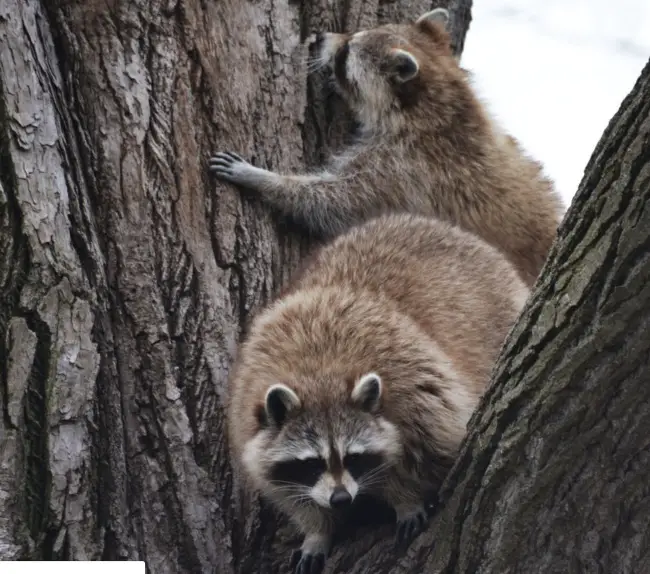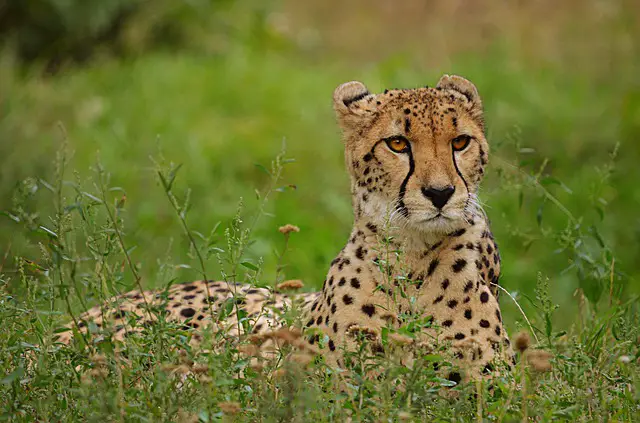
Interesting Facts about Cheetahs in 2021
Cheetahs live in a variety of habitats, from jungles in Africa to deserts in southern Europe, and take advantage of marsh and woodland habitats as well as grasslands and shrublands. Notable among cheetah’s capabilities are their extraordinary eyesight; cheetahs have retinas three times the diameter of those found in other…


